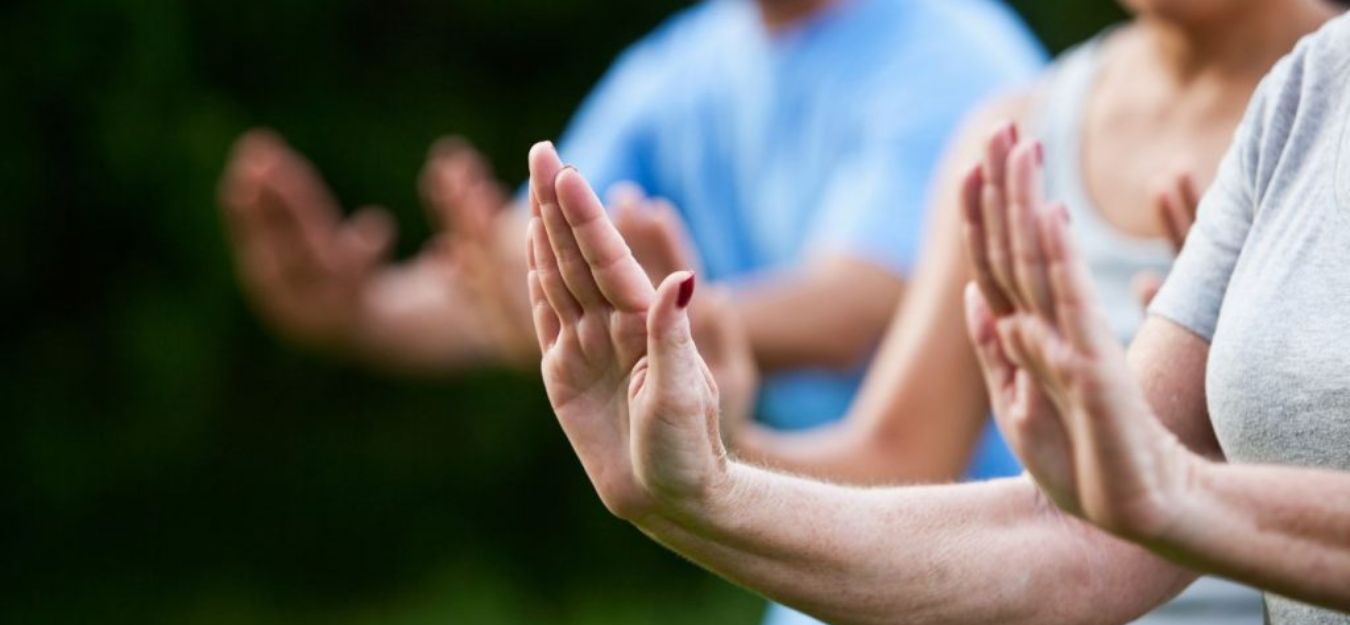Empowering Movement
If you suffer from Parkinson’s or know somebody who does, you’re probably wondering whether exercise is still an option. The good news is that there are multiple Parkinsons exercises that people with the disease can get involved with, which can improve general health and symptoms of Parkinson’s. Below we’ll talk about some of the best Parkinsons exercises that you can try.
What is Parkinson’s Disease?
Parkinson’s is a brain disorder that causes uncontrollable movements, such as shakes, stiffness and difficulty balancing. Symptoms tend to begin gradually and worsen over time, with some sufferers struggling to walk and talk as the disease progresses.
Other symptoms include brain fog, fatigue, behavioral changes and sleep problems. Anybody is at risk of developing Parkinson’s disease, but it’s more commonly seen in men and people over the age of 60.
Symptoms start with tremors, muscle stiffness, slow movement and impaired balance and coordination, sometimes causing falls. The rate of progression differs from individual to individual.
Many individuals with Parkinson’s will benefit from occupational therapy, which involves working with a therapist to establish coping mechanisms, discuss practical changes and find ways to make difficult tasks easier.
The Best Workouts to Combat Parkinson’s Symptoms
Your exercise program should include the following components:
- Aerobic exercise that gets your heart pumping.
- Strength training.
- Balance, agility and flexibility exercises.
Here are some exercises to consider including in your plan.
1. Tai Chi
Tai chi is an accessible form of exercise that people of various ages and abilities can carry out. The gentle exercises involved in tai chi can support balance, flexibility and coordination.
It’s great for the brain, too. Tai chi encourages mindfulness, which can improve mental health. This is especially important since many people with PD experience depression.
The meditative component of the exercise comprises breathing and mindfulness, while the physical activity involves flowing through various movements and poses. In a scientific trial, people with Parkinson’s who practiced tai chi for six months reported fewer falls and demonstrated improvement in their ability to walk and their posture.
2. Yoga
Yoga is a type of exercise that boasts benefits for everyone, but especially people with Parkinson’s Disease. People with PD suffer from loss of balance and coordination, but participating in regular yoga practice is an excellent way to improve balance.
Yoga can be a form of strength training exercise, too. Holding poses helps to grow your muscle mass, which in turn can speed up your metabolism and help increase bone density. Plus, many yoga poses involve stretching, a must for increasing flexibility.
High bone density is especially important for people with Parkinson’s Disease, as sufferers can be prone to falls. The better your bone density, the less likely you are to suffer from serious injuries or broken bones if you fall.
Yoga also boosts mental health advantages since the flows and poses focus on breathwork, mindfulness and the position of your body.
3. Weight Training
One of the better options for Parkinsons exercises is weight training. Building muscle mass has many benefits, including a more effective metabolism, lower blood pressure, stronger muscles and better bone density.
You can lift weights at a gym or in your own home, but make sure to practice good form to avoid injury and never lift anything too heavy for your abilities. It’s worth considering working with a personal trainer to start with. That way, you’ll learn the ropes, and from there, you can practice with a proper understanding of form and technique.
Strength training doesn’t have to involve lifting heavy weights if that’s not your thing. You can use resistance bands or participate in bodyweight exercises — they’re also beneficial for building muscle.
4. Seated Exercises
If your Parkinson’s has progressed significantly and is impacting your ability to exercise vigorously, opt for seated exercises instead. Focus on bodyweight exercises and stretches with your arms, and practice everyday movements and activities you struggle with.
If you can do gentle stretching and bodyweight exercises while standing up but struggle with balance and coordination, hold onto a chair or a barre while performing physical activity.
5. Cardio
Cardio promises health benefits for everyone, including people with Parkinson’s. It is great to get your heart pumping and blood flowing around your body, and cardio can also be a great way to stay in shape and look after your mental health.
While running is a great option for people with Parkinson’s who can do it, it’s not the only acceptable form of cardio. Swimming is a great low-impact way to get your heart pumping, while even taking a brisk walk daily can benefit people with PD whose symptoms have significantly progressed.

